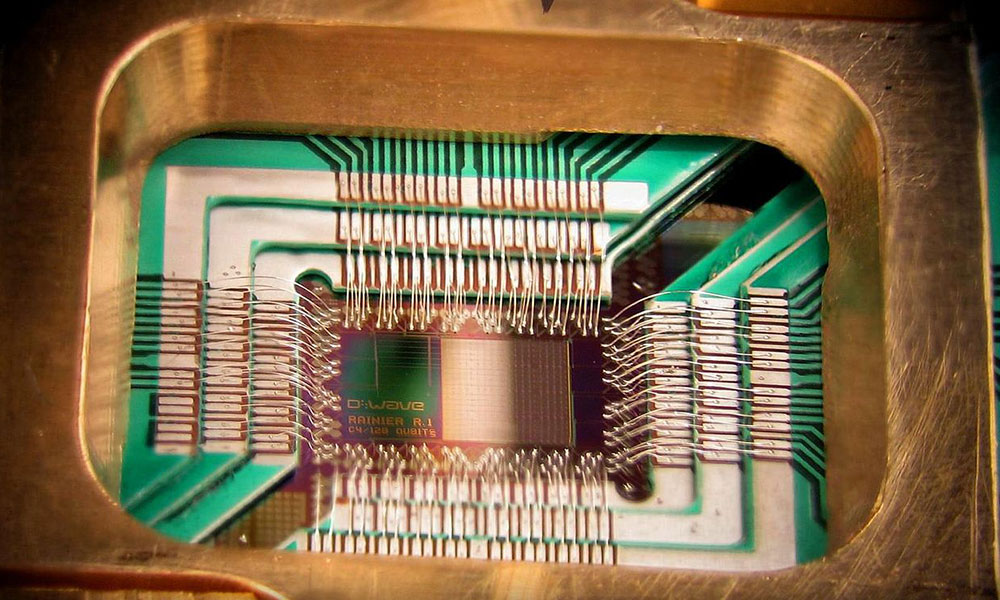
Research Group Tackles Quantum Computing With NASA, Google
One of the world's largest companies is interested in the out-of-this-world topic of quantum computing, and the Universities Space Research Association will play a key role in directing the resources used in the futuristic project.
For its next trick, Google will try on quantum computing for size—complete with help from an association that knows a thing or two about the subject.
This week, the search giant announced that it would collaborate with the Universities Space Research Association (USRA) and NASA’s Ames Research Center on the goal of building “quantum information processors,” a phrase mere mortals don’t use every day.
Prominent physicist John Martinis of the University of California-Santa Barbara will lead the project as a joint employee of Google and UCSB, the Wall Street Journal reported. His reputation precedes him: In 2010, the American Association for the Advancement of Science named as its Breakthrough of the Year a quantum machine that Martinis and his team had worked on.
For its part, USRA will help allocate computing time to collaborating universities.
“This collaboration brings together university research, government research, and industrial research in one of the most cutting-edge areas of computing research today—quantum computing,” the association said in a statement.
While the collaboration with Google is new, USRA and the Ames Research Center have been working together for three decades.
Prepare for Jargon
Now, if you’re like us, you’re probably wondering: What the heck is quantum computing?
As the WSJ describes it, the idea goes something like this: Using the behavior of subatomic particles to perform calculations, specialized processors can perform numerous functions at once. Instead of simply going binary, quantum computers can process in “qubits”—instead of just 1 and 0, like a traditional bit, a qubit can process 1, 0, or both at the same time. Quantum computing could allow for numerous types of calculations to be made instantly.
(Did that go over your head? It’s OK, this is pretty new technology. And it involves physics, to boot.)
The technology has possible applications in medical research, finance, and other specialized fields. Then there’s the potential for making computers smarter, which is what Google’s Quantum Artificial Intelligence team is interested in.
A Complicated Pet Project
This is actually Google’s second quantum computing project. Last year, the company purchased a quantum computer from D-Wave Systems, which it has been collaborating on with NASA. It wasn’t a cheap purchase—$10 million—and was such a big deal that it showed up on the cover of Time magazine this year. (Lockheed Martin also owns one.)
“With an integrated hardware group, the Quantum AI team will now be able to implement and test new designs for quantum optimization and inference processors based on recent theoretical insights, as well as our learnings from the D-Wave quantum annealing architecture,” Google’s Hartmut Neven said in a blog post.
A quantum computing chip produced by D-Wave Systems, a collaborator with Google. (Wikimedia Commons)






Comments